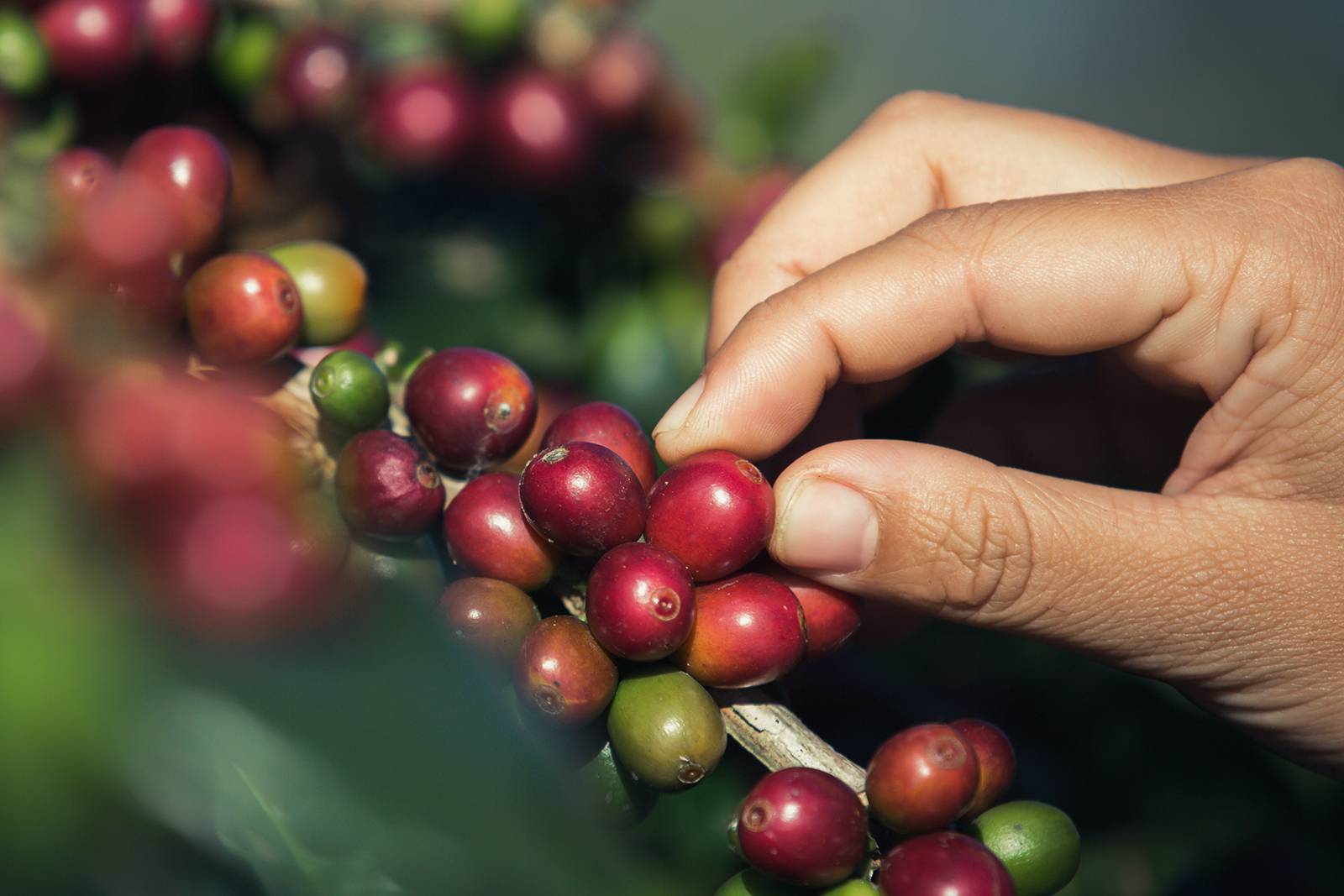
Ethiopian regions and coffee origins
Yirgacheffe, Sidamo, Harrar – these are names that surely ring a bell. You may have seen them in a “Best specialty coffees in the world” article or spotted them on the Ethiopian coffee shelf of your favorite coffee shop.
To help you in your coffee shopping, we prepared a little guide to Ethiopia’s main coffee regions and their flavor profile. We believe that many of us might find it frustrating to stand before hundreds of coffee bags with impossible names and not understand why they all have different names when they come from the same country.
Journey Kaffa Timisoara
First things first, let’s get to know the different Ethiopian coffee regions.
Arabica might be the only variety of coffee cultivated in Ethiopia, but its varieties seem almost infinite. Thus, the profiles and flavors of the coffees in each region differ significantly. But because there is a vast range of Arabica varieties that are uncategorized wild plants known as heirloom, it means that regions, rather than variety differentiate coffees.
The Ethiopia Commodity Exchange (ECX), a platform created in 2008 for the trade of crops like wheat, haricot beans, and coffee, introduced the categorization of coffee origins by the name of their region of provenance.
The main coffee regions are Lekempt, Jimma, Limu, Sidamo, and Yirgacheffe, with the newly added Guji and Harrar. And each of these coffee regions is part of a bigger, administrative region. Basically, the coffee regions overlap with the country’s geographical administrative division but don’t necessarily correspond to the administrative regions themselves. (Side note: you may find these names written differently on the Internet, as the spelling can vary as these names are translated with the Latin alphabet.)
To put it simply, each region (administrative province) is divided into zones. In each zone, there are coffee-growing areas (or regions). These areas include woredas (or districts) and kebeles (towns or small villages) where washing stations and growers are located.
Basically: region > zone > woreda > kebele. Coffee growing areas are thus named after the region, zone, or woreda they are part of.
Let’s take the example of the Yirgacheffe coffee growing area. It is part of the Gedeo Zone within the SNNPR region. It is the Yirgacheffe woreda that gives its name to the coffee region. Decomposed, it gives: SNNPR (region) > Geodeo (zone) > Yirgacheffe (woreda after which the coffee is named).
Now that we clarified the classification system of coffee origins in Ethiopia let’s take a closer look at the main Ethiopian coffee regions and their flavor profiles.
Sidamo
Sidamo, sometimes written as Sidama, is a large area spreading from the south of Lake Awasa in the Rift Valley, south of the country. There is a huge variety of cup profiles of Sidamo coffees, as the region includes over twenty woredas with their specific microclimate and altitudes. This also means there can be considerable differences in cup quality.
The trademarked coffee region, alongside Harrar and Yirgacheffe, has the perfect conditions for coffee growing: altitudes between 1,500 to 2,200 meters above sea level, optimum temperature, fertile soil, enough rainfall.
Sidamo coffees usually have floral, citrusy, and spicy notes and rich, crisp acidity. They are nonetheless sweet with a soft aftertaste.
Yirgacheffe
As said before, Yirgacheffe is a woreda of the Geodeo Zone, in the SNNPR region. It is another trademarked coffee region and considered to produce some of the best coffees in the world. Its landscape is mainly composed of forests with hills where its inhabitants grow garden coffee, with fertile soil and altitudes from 2,000 meters above sea level and beyond.
Much like Sidamo coffees, the cup profiles may vary depending on the altitudes at which the coffee was grown. In lower elevation (1,600 to 1,800 meters), the coffee aroma is more herbal, whereas, in higher elevation (2,000 to 2,400 meters), the flowery aroma is more intense.
The complex and intense flavors of the coffee produced in this woreda are what made its legend: floral tones, with medium to crisp acidity and a good, extended aftertaste. But some coffees also exhibit more nutty, fruity tones, as well as dark chocolatey notes.
Harrar
Harrar (or Harari) is the last trademarked coffee region of Ethiopia and was considered one of the highest quality in the 19th century. It is still known for its high-quality coffees nowadays.
Located in the East of the country, most of its coffees are wild-grown on small farms at altitudes between 1,400 to 2,000 meters. The coffee here is sun-dried, following traditional methods, meaning the beans dry out in the sun.
Harrar coffees are known for their fruity, winy flavors, ranging from blueberry through banana, strawberry, or even mint. This fruity, intense, heavy-bodied coffee is often used in espresso blends rather than drank as a single origin.
Limu
Less known than its three siblings cited above, Limu is a region in the South-West of Ethiopia where excellent coffees grow at altitudes between 1,100 to 1,900 metres. The coffees are usually wet-washed, and some are considered the best highland-grown Ethiopian coffees.
Limu coffees are usually low in acidity, with sweet, winey, and notably spicy flavors and a balanced body. The flavor profile of these coffees is similar to Sidamo coffees.
Ghimbi
This region in the west of the country is less known for its heavier, longer-lasting body coffees. Their flavor profiles are more nuanced and acidic than Harrar coffees. One Ghimbi-grown coffee we can cite is Lekempti, a low acidity, balanced-body coffee similar to Harra long berry varieties but with a unique fruity taste.
We hope that the picture is clearer now and Ethiopian coffees have no secrets for you – at least in their names.
If reading this article made you want to taste some of these coffees, make sure to head over to our webshop. We guarantee you that our killer selection of single-origin coffee beans will satisfy your coffee craving and make you ask for more.



